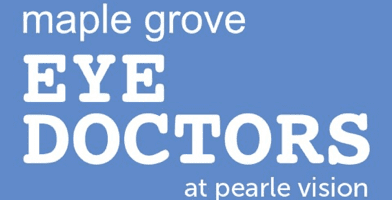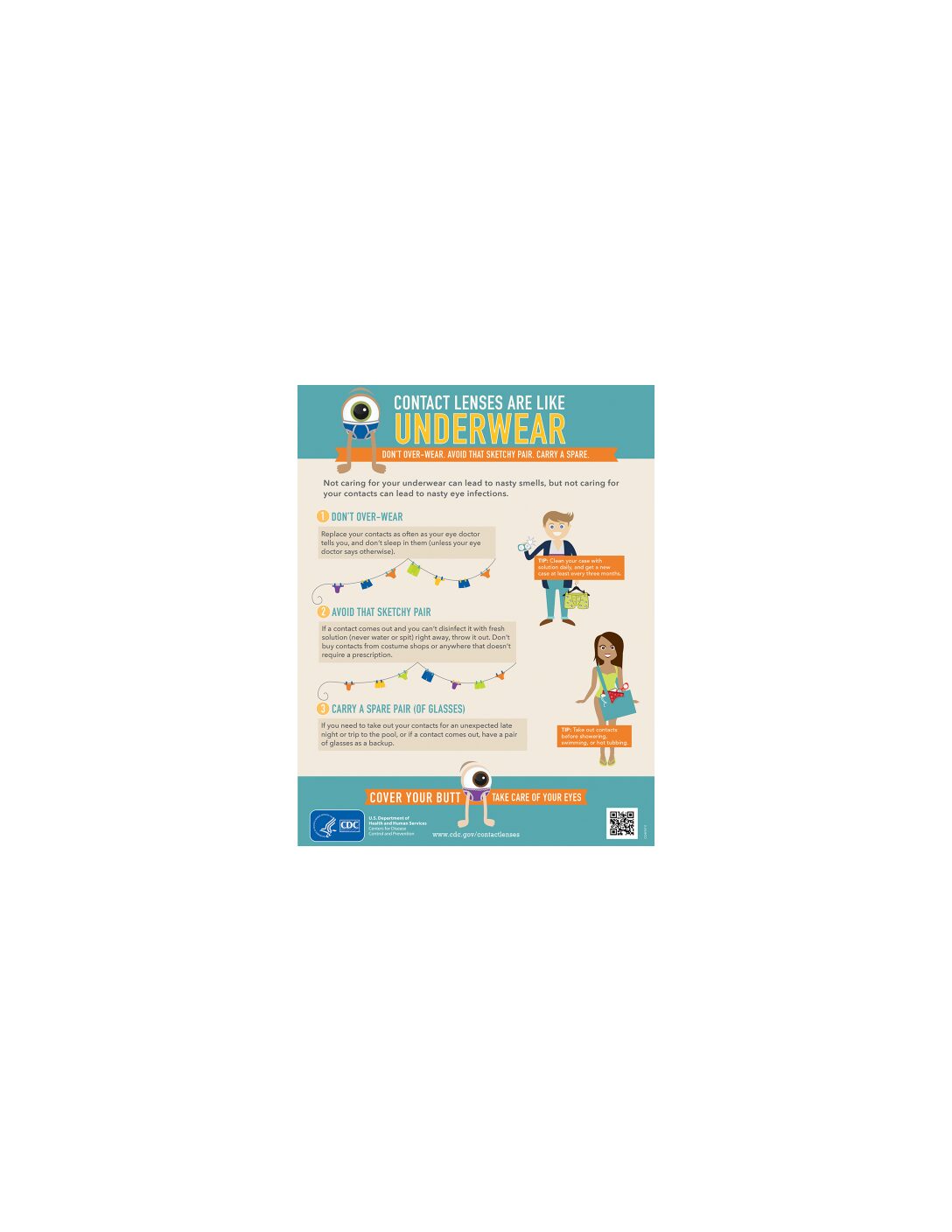Contact lenses are increasingly becoming a platform for new technology.
Last month, April 2018, Johnson and Johnson announced that it has developed a ‘first-of-its-kind contact lens that provides wearers with vision correction and a dynamic photochromic filter’ that adapts to changing light conditions. This lens is a two-week reusable lens, which continually balances the amount of light entering the eye, and will be marketed as Acuvue Oasys with Transitions Light Intelligent Technology and will become available in 2019.
Also last month, EyeGate Pharmaceuticals reported that the US Patent and Trademark Office has issued the company a patent covering the utility of it iontophoretic contact lens. EyeGate said this is the first issued patent covering the iontophoretic contact lens, and it relates to a multi-layer contact lens for ocular therapy. (Iontophoresis is defined as the introduction of an ionized substance, such as a drug, through intact skin by the application of a direct electric current. The lens is composed of a reservoir adapted to contain an electrically charged therapeutic compound and an electrode providing iontophoretic current to the charged compound to propel it into the ocular tissue. The iontophoretic contact lens provides and easy, potentially improved technique for delivery of therapeutics to the retina, according to EyeGate. The company has said hat the lens is well-suited for treating chronic retinal conditions and has selected macular edema as its initial target.
Smart contact lenses, in the future may help diabetic patients manage their disease by providing a continuous, minimally invasive measurement of the body’s glucose levels. Another application would be to provide accommodative vision correction for presbyopes.





